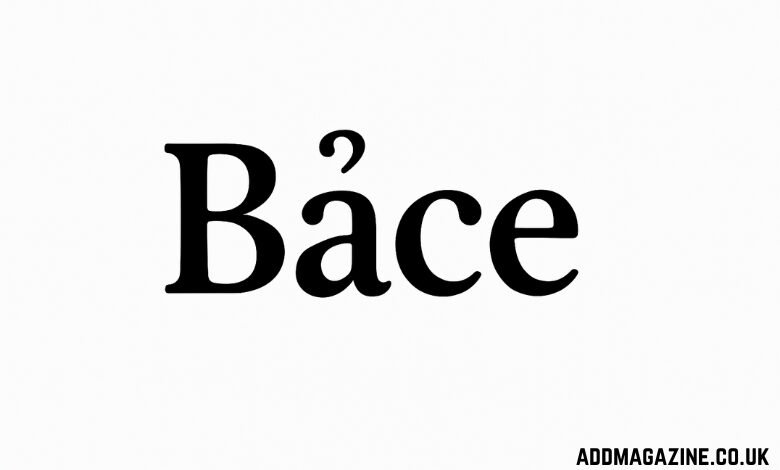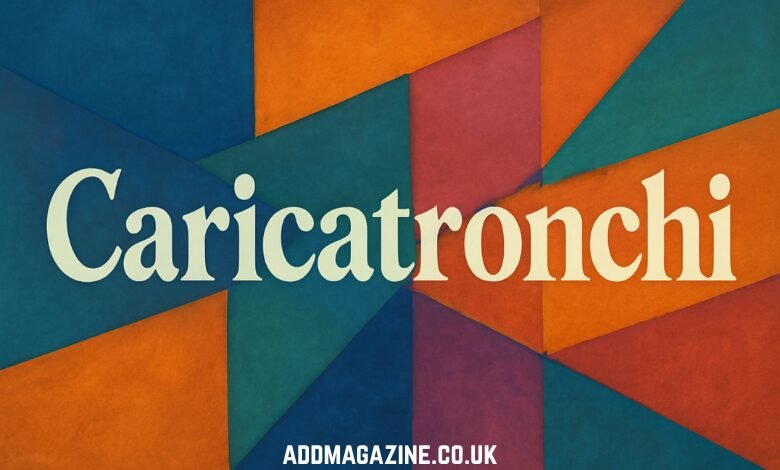The term “Bảce” might not be one that’s immediately familiar to many people, but it’s a word with layers of meaning and significance across different domains. It is a word that exists in both modern and ancient contexts, spanning languages, cultures, and even geography. “Bảce” is an intriguing term that reflects how words and symbols can evolve in meaning, influenced by the areas where they appear. From linguistics to geography, and even modern branding, the term “Bảce” proves to be a versatile expression, each context lending a new dimension to its understanding. In this article, we will take a deeper look into this multifaceted term and explore how it has woven itself into different facets of our world.
The Linguistic Roots of Bảce
At first glance, the word “Bảce” might seem to belong to the Vietnamese language due to the distinctive use of the Vietnamese diacritic “ả.” This particular accent mark is known to signal a rising tone in the northern dialects of Vietnamese. While the word “Bảce” itself does not appear in standard Vietnamese dictionaries, the presence of the accent creates a visual connection to the language and can invoke a sense of Vietnamese linguistic style. However, the accent is likely used for stylistic purposes in many cases, especially in modern branding or design. It’s a way to give the word a unique appearance, a sense of distinctiveness, and to make it stand out visually rather than adhering to the strict linguistic rules of Vietnamese.
In addition to its possible connection to the Vietnamese language, “Bảce” also has ties to historical linguistics. The term has an interesting evolution, which can be traced back to medieval English. In the Middle Ages, “bace” was an alternate spelling of the word “base.” This was commonly used to describe something foundational or essential. In some dialects, particularly older forms of English, “bace” was also used to refer to a physical strike, stemming from Germanic languages like Danish or Swedish, where terms like “bask” or “bas” meant to strike or hit. Over time, this usage faded from the language, but it highlights how words like “Bảce” evolve through history.
Geographical Significance: The Village of Bače
Beyond its linguistic and historical contexts, “Bảce” also has a physical presence in the world, specifically as a place name. Bače (spelled Баце in Cyrillic) is a small village located in southern Serbia, in the Toplica District, part of the municipality of Prokuplje. Despite its small size—home to fewer than 300 people as per early 2000s census data—the village is a significant example of rural Serbian life. Life in Bače revolves around agriculture, with much of the local economy built on farming and traditional practices. It is a close-knit community where customs and family ties form the backbone of daily life.
The village of Bače has a historical and geographical significance as a part of the Toplica District, a region known for its rich past. Many of the villages in this area have roots that go back to earlier periods of history, with various settlements evolving through the centuries. Bače may not be a globally recognized location, but it is a part of the cultural and historical landscape of Serbia, and for those who study European rural life or Serbian villages, Bače stands as a real and tangible representation of a rural community that still maintains its traditional way of life.
Bảce in Modern Branding
In today’s world, branding is everything. Companies, especially those operating in highly competitive markets, are always searching for names that are visually distinctive, memorable, and capable of conveying a sense of innovation or uniqueness. This is where “Bảce” enters the conversation in a new light. The word’s visual appeal—specifically the use of the accented “ả”—is part of a growing trend in branding, where companies are opting for names that look distinct or that stand out in a sea of generic terms. The presence of an accent might not signify anything in particular linguistically, but it can make a brand appear international, modern, and clean.
Branding today often goes beyond language; it’s about creating an identity that sticks in the minds of consumers. Adding accents, unusual spellings, or integrating foreign linguistic elements into brand names allows businesses to establish a unique visual identity. The choice to use “Bảce” as a brand name, with its simple yet distinctive structure, fits perfectly into the modern world of minimalist and sleek branding. It’s an example of how a word can take on a new identity entirely, one that is shaped by consumer perception and design rather than by traditional meanings or historical roots.
Bảce and the Fluid Nature of Language
One of the most fascinating aspects of “Bảce” is how it serves as a reminder of the fluid and ever-changing nature of language. Words are not static; they shift in meaning depending on their context, region, and cultural influences. “Bảce” is a prime example of this phenomenon. Whether in its historical form, its geographical significance, or its contemporary use in branding, the word’s meaning is never fixed. It adapts and morphs depending on how it’s used and by whom. This flexibility in meaning makes “Bảce” an interesting case study for anyone interested in how language functions, evolves, and interacts with society.
The concept of a word shifting its meaning across time and space speaks to broader questions in philosophy and linguistics. What gives a word its meaning? Is it inherent in the word itself, or does meaning arise through its use and the context in which it’s placed? As the example of “Bảce” shows, meanings are not just attached to a word’s linguistic roots; they are also shaped by culture, history, and the imagination of those who use them.
Conclusion
“Bảce” is more than just a word—it’s a snapshot of how language, geography, and branding come together to create something unique. It begins with a subtle linguistic reference, hints at a historical connection, and transforms into a modern tool for branding and visual identity. Whether you’re considering its role in the rural landscape of Serbia, its historical evolution in medieval English, or its contemporary use in minimalist branding, “Bảce” demonstrates the complexity of language and the adaptability of words over time. It’s a prime example of how a single term can have a wide range of meanings, each shaped by the context in which it’s used, whether that’s as a geographic location, a linguistic artifact, or a modern design choice.




